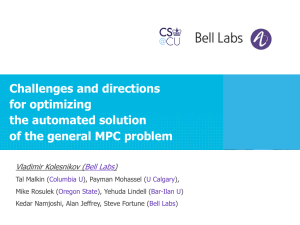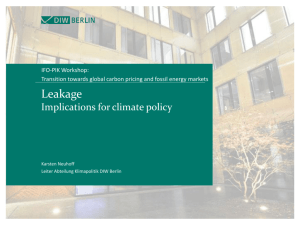Leakage Classification in Chemical Safety
advertisement
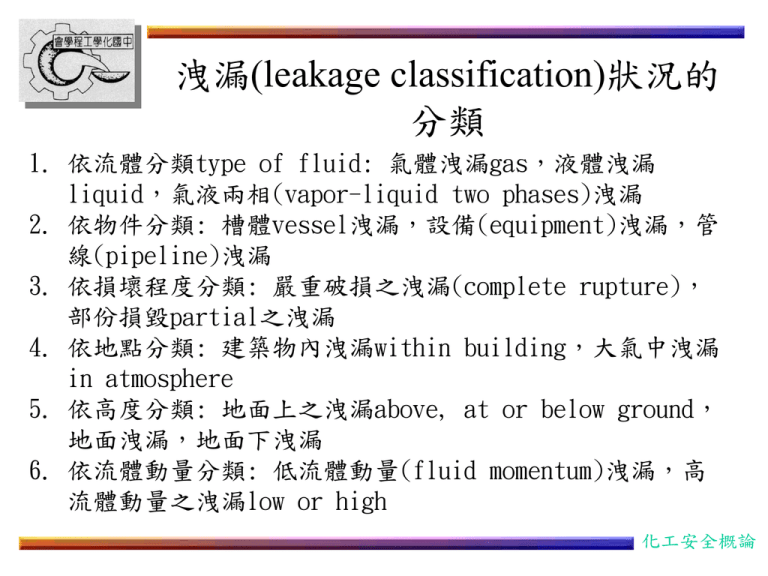
洩漏(leakage classification)狀況的
分類
1. 依流體分類type of fluid: 氣體洩漏gas,液體洩漏
liquid,氣液兩相(vapor-liquid two phases)洩漏
2. 依物件分類: 槽體vessel洩漏,設備(equipment)洩漏,管
線(pipeline)洩漏
3. 依損壞程度分類: 嚴重破損之洩漏(complete rupture),
部份損毀partial之洩漏
4. 依地點分類: 建築物內洩漏within building,大氣中洩漏
in atmosphere
5. 依高度分類: 地面上之洩漏above, at or below ground,
地面洩漏,地面下洩漏
6. 依流體動量分類: 低流體動量(fluid momentum)洩漏,高
流體動量之洩漏low or high
化工安全概論
Several possible scenarios
化工安全概論
不同的洩漏狀況Different scenarios
依照前述不同的洩漏狀況
洩漏速率,洩漏數量量不同,擴散程度不同different
rate, different quantity, different spread
* 例如液體洩漏的數量比氣體洩漏來的多,但擴散距離有
限difference between liquid and gas (vapor)
* 高動量氣體外洩可形成噴流氣體(turbulent momentum
jet), 低動量氣體外洩則形成羽狀氣體雲(plume); 高動量液
體外洩為噴流液體(liquid jet),低動量外洩液體為液體漫
流(stream)
嚴重性(seriousness) 當然也就各不相同degree of
hazard
所以應變方式(emergency response)也有差別
化工安全概論
各種可能(various possibilities)的洩漏狀況
化工安全概論
化工安全概論
化工安全概論
各種洩漏狀況實例different
situations of leakage
氣體洩漏gas leakage: 例如壓力儲槽破洞rupture in pressure
vessel; 經由排放閥排出from vent valve; 壓力槽頂部釋放出來;
由於火災導致氣體的產生及排放due to fire (T, P increase)
液體洩漏liquid leakage: 一般液體儲槽破洞hole in tank,
且破洞在液面之下below liquid level; 含有加壓液體之設備或
管線,其貯存溫度低於其常壓下的沸點
氣液兩相洩漏vapor-liquid mixture: 含液體的壓力儲槽,
且貯存溫度大於常壓沸點store temperature above boiling
temperature,此時儲槽破洞leak from hole; 由於失控反應或
液體發泡導致由釋放閥排出or vent out due to runaway
reaction
化工安全概論
化工安全概論
Spread of Heavy gas 重質氣雲之擴散
heavy gas: density higher than air密度比空氣大; stay near
ground ; cause more harm to human
如果高處釋出, 很快沈降地表附近, 並開始擴散if release from
height, settle to ground quickly, then spread
地表附近釋放if leaked from near ground level: a. 初始相initial
phase, 決定於洩漏動量及風向風速determined by leak momentum
and wind velocity, wind direction; b. 重力延散相 gravity-spreading
phase: 本身動量消失後, 此時密度差造成的擾流turbulence為主
要擴散機制major mechanism for spreading; c. 默從相passive
phase: 濃度concentration becomes small逐漸稀釋密度差減小
density difference small, 大氣紊流為主要影響來源
地形地物ground shape, structure影響擴散, 溝渠trench不可忽
視
化工安全概論
Difference between gaseous
pollutants and heavy gas cloud
gas pollutant 空氣汙染物: 比較稀薄dilute in
concentration, 密度接近空氣density close to air, spread
easily in atmosphere once emitted from chimney從煙囪
放出來後很容易就擴散
Heavy gas重質氣: density heavier than air密度較大;
停留地表附近stay near ground; cause more harm to
human對人傷害比較嚴重
化工安全概論
Source Models
主要就是估算不同情況下洩漏(排放)的速率to estimate the
leakage rate
flow of liquid through a hole
flow of liquids through a hole in a tank
flow of liquids through pipes
flow of vapor through holes
flow of vapor through pipes
flashing liquids
liquid pool evaporation or boiling
可以針對以上諸情況,建立必要的公式,據以計算洩漏
排放的速率establish appropriate equations for estimation
化工安全概論
洩漏(排放)速率(leakage rate)
首先要決定外洩物為氣體,液體或者兩相,依據: 熱力
學原理 thermodynamic consideration(外洩狀況為絕熱程序
adiabatic process) 可假設為平衡驟沸 (flash equilibrium)
注意: 容器內的狀態condition for chemical inside the
container可能為高溫高壓,或低溫高壓等等不同的情況。
而外界條件outside condition則為一大氣壓1 atm,&
ambient temperature。
此一估算程序,相當專業very professional,但對化工人
士而言,應該不算太難should not be too difficult for
chemical engineers。
化工安全概論
氣體排放速率Gas leak rate
壓降大greater pressure drop者為超音速洩漏 (supersonic
flow), 壓降小small pressure drop者為次音速洩漏 (subsonic
flow)
決定的參數: r crit = (P/Pa) crit = [(+1)/2] /(-1) 其中=
Cp/Cv ; P則代表上游(洩漏源leak source)的壓力
依此公式計算,一般流體的 = 1.4 則其r crit = 1.9, 換言
之若洩漏到大氣內,則Pa = 1 bar; then P = 1.9 bar以上時,
會出現超音速洩漏,反之則為次音速洩漏。
化工安全概論
氣體排放速率計算公式more
equations
Gv = Cd A P /ao (kg/sec)
Cd = discharge coefficient (理論上為Re函數,多在0.6 – 1.0間);
A = 排放口面積; P = 容器內壓力; ao = 氣體音速 = (RT/M) 1/2
次音速subsonic洩漏: = {22/(-1) (P/Pa) 2/ [1 – (P/Pa) (-1)/} 1/2
超音速supersonic洩漏: = (2/(+1)) (+1)/2(-1) (此為自孔洞中洩
漏的最大流速) 此一狀況又稱之為choked flow
化工安全概論
計算範例example
Ex. 氮氣nitrogen storage tank儲槽200 psig, 80oF, 有
一個small hole小洞0.1 inch dia., 請計算洩漏速率。
Ans. 氮氣的=1.4 r crit = 1.9 如今 P/Pa =
214.7/14.7 = 14.6 > 1.9 所以為超音速流體
採用公式為 = (2/(+1)) (+1)/2(-1) = 0.81 then Gv =
Cd A P/ao = (此處Cd取為1.0) = 3.79 x 10-2 lbm/sec …
答案
化工安全概論
液體洩漏排放速率計算leak rate for
liquid
計算公式為: GL = Cd A [ 2 (p – pa)/ + 2 g h] ½
其中p, pa 分別為洩漏的上游與下游upstream and
downstream pressure壓力; Cd仍為discharge coefficient; h 代
表孔洞上方的液位差difference in level between liquid top
and hole
•當為浮頂儲槽float top時,(p-pa)=p (gauge)項目可以忽略
•若為一般ordinary storage tank儲槽,此項目(p-pa)代表槽內
高出外界的壓力值
化工安全概論
估算槽內液體洩漏完畢所需的時間
estimate the time for complete leak
GL = u A 為任一時間的洩漏速率leak rate
m = At hL 為任一時間槽內液體的量quantity at time t,
hL為當時的液面高度,At 為儲槽的截面積
Then dm/dt = - GL 改為hL 的式子
dhL/dt = - Cd A/At [2 (p-pa)/+ g hL] ½
解之,可以估算出當GL = 0 所需要的時間
t = At/A (1/Cd g) [2 (p – pa)/ + g hLo] ½
化工安全概論
若液體自管口洩漏leak from pipe
•例如輸送管線rupture in pipeline斷了,因而洩漏不止,其速率
its rate估算方法如後:
所使用的計算公式,就是Bernoulli equation (mechanical
energy balance equation)
P/ + u2/2 + g z + F = -Ws/m
F = frictional loss [如果只是直管,比較容易估算,如果還要
包括閥等管件,就會複雜一些] = f(Re)
一般估算程序為,先猜一個friction factor 帶入計算出速
度 u 計算Re 查出對應的f 重新計算u 直到收斂為止
洩漏速率leak rate = u A
化工安全概論
氣液兩相流的洩漏速率計算leak rate
for two phase mixture
理論上比較困難的情況,主要因為加壓液體外洩到大
氣中時,當貯存溫度高於其常壓沸點時,自然發生驟沸
現象,產生氣體,形成氣液兩相流的情況
公式的項目也很複雜complicated,所以在此跳過skip
here。
化工安全概論
可燃物外洩的引起災害possible
hazard from combustible materials
Combustible or toxic 可燃或有毒
瞬間大量氣體外洩instant and large quantity of gas,並被引
燃 火球 fire ball
瞬間大量氣體外洩large quantity of gas,擴散一段距離後
spread to some distance,才被引燃 閃火flash fire 或氣雲爆
炸 unconfined vapor cloud explosion
由連續源continuous外洩(氣或液),立即被引燃ignite
immediately 噴流火焰jet flame
連續源外洩(氣體),擴散一段距離後才被引燃ignite after a
while 閃火或氣雲爆炸
可燃液體liquid外洩,擴散一段距離後被引燃 池火pool
fire
化工安全概論
氣雲之形成過程vapor cloud
formation
Influenced by factors 影響因子包括: 物質儲存的條
件storage condition T, P, 外洩之方式leakage
situation (rate, quantity), 物質的特性 (chemical
characteristics, boiling point, density), 外界風速
(wind condition, direction, speed), 地形地物 (ground
shape, structure), 濕度(humidity)等; 最後結合空氣,
蒸氣, 液滴, 水滴而產生混合氣雲to form vapor cloud
化工安全概論
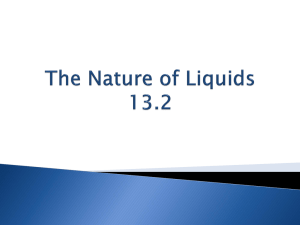

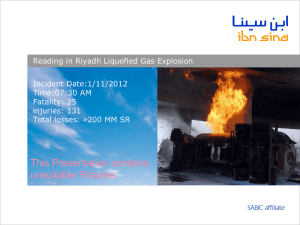


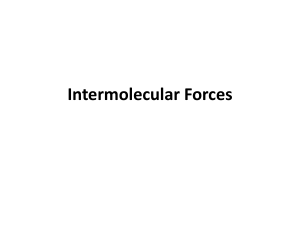
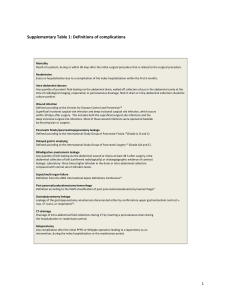
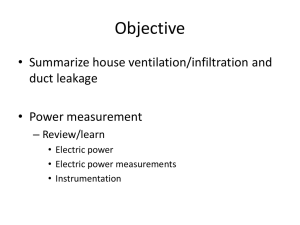
![Section 01669/Leakage Test of Hydraulic Structures [spec]](http://s3.studylib.net/store/data/007419897_1-1b5e9897de2aef63720e2aa5ff669e8a-300x300.png)

